Spectrasonics is back, but this time with a ridiculously huge library of bass sounds to keep you busy. Dale reviewed Spectrasonics’ Omnisphere last year, and was impressed with the massive library contained within it, but the Trilian Total Bass Module, released at the end of 2009, adds hundreds upon hundreds (1300, to be exact) of acoustic and electric bass patches to the mix. Don’t have Omnisphere? Don’t worry, Trilian Total Bass Module stands on its own as a VSTi/RTAS plug-in as well.
What can one do with 30 GB of bass samples? The answer is that the world may never know. I’ve spent hours playing around with the large number of patches here, and I still don’t think I’ve heard each and every sound. What I can tell you is that this is your end-all solution for realistic bass samples if you can’t get the real thing.
So what’s included, and how does it sound? Hit the jump to find out.
The first thing you’re going to do is install the thing, right? Spectrasonics has made the installation process pretty painless. Despite the fact that the library spans 5 discs, it’s simply a matter of swapping one in after the other–no need to unzip libraries and direct the software to certain directories. That was surely a relief.
Once you open the program (I used Renoise with Trilian Total Bass Module loaded as a VSTi plug-in), you’re immediately greeted by a clean and unimposing navigation screen. Despite the fact that there are hundreds of sounds contained within, the navigation menu makes it amazingly simple to locate the sound you’re look for. You can start with the main category (acoustic or electric), move into type (with fingered, picked, slapped, and muted being just a few), and then look by model or technique, which includes glissando, harmonics, squeaks, and slides. You’ll have access to the Trilogy library as well as new acoustic patches in the acoustic library, all with multiple articulations, and the Bissonette studio bass, Fenders, and Chapman stick in the electric section.
For those of you out there like me who always manage to screw up instruments in the instrument editor, there are seemingly limitless presets covering everything from techniques to effects. There are staccato samples, plenty of harmonics, and lots of glissando both up and down. There are even slides and squeaks to make the most realistic sound possible (think of what Mitsuda did with the guitars on the Chrono Cross soundtrack).
There are literally hundreds of sounds to choose from. It’s pretty overwhelming, as I could have never imagined having this many choices… just for bass… and mainly just for acoustic and electric bass! Spectrasonics was even kind enough to include an update in December that added over 500 synth bass patches from their Trilogy library to the mix, adding even more to the already overflowing library. Literally every combination possible is here, and honestly, I don’t see why anyone would even need to use the sample editor. It’s like they’ve done the work for you. In terms of sound quality, these instruments are meticulously recreated for this library. While some instruments may be only a few hundred megabytes, others are up to 2 GB for just a single instrument! That’s insane, and the quality really shows.
As a bonus, this library includes the “Bass Legends” multisamples, featuring Abe Laboriel, John Patitucci, and Marcus Miller, which are some of my favorite instruments here. The “Laboriel French Fretless” in particular sports a smooth sound and a thick layer of reverb to give it a spaced out feel, while the 8-string has a rich and complex sound. The Marcus samples are some of my favorites with the “ragga,” “finger funk,” and “fretless harmonics” really standing out as unique.
Even more, each individual sample has extensive notes, including a photograph of the instrument, detailed descriptions of the make and model, and comments about the preset effects that are applied. I particularly appreciated being able to see the instruments I was selecting, especially when it came to the synth library.
The synth demo library, titled “Trilian Synth DEMO Bank,” features a few dozen synthesized bass sounds. I particularly liked the gritty “June 60 Growling Saw” and “Waldorf Uber Swell,” although many of the other preset patches were also great. The image for the “Big Fat American” is a fan dude holding his stomach, which I thought was pretty funny. But why settle for a demo bank? As I mentioned above, Spectrasonics put out a free update in December that added over 500 synth bass patches to the Trilian library, which I definitely appreciated for some of my more electronic-oriented tracks.
I’ve already said that I think this is the end-all solution for acoustic and electric bass sounds, and now it’s even a great source for synth bass sounds as well. It doesn’t get any more realistic than this without a live player in your studio. It retails for $299, which isn’t a bad deal at all, especially given the bonus and sample libraries that are included. From the easy install, to the simple navigation, to the quality sounds, Spectrasonics continues to show their dedication to providing quality sample libraries with the Trilian Total Bass Module.
Have you come across any other bass sample libraries that you’d care to recommend? Has Spectrasonics turned you into a fan yet with all their amazing releases over the past couple years?
Tags: Bass, Spectrasonics, Trilian, Trilian Total Bass Module, Trilogy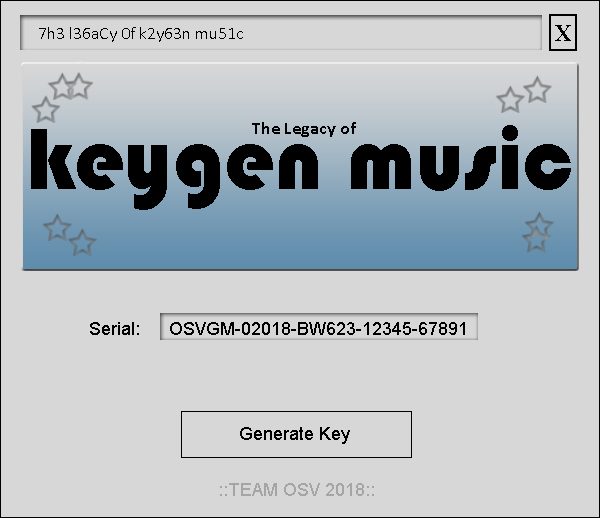
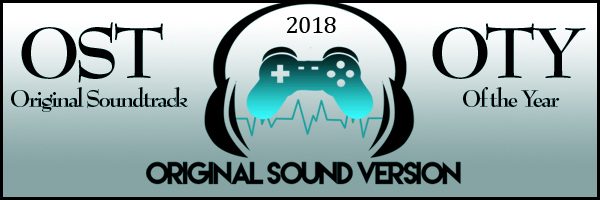
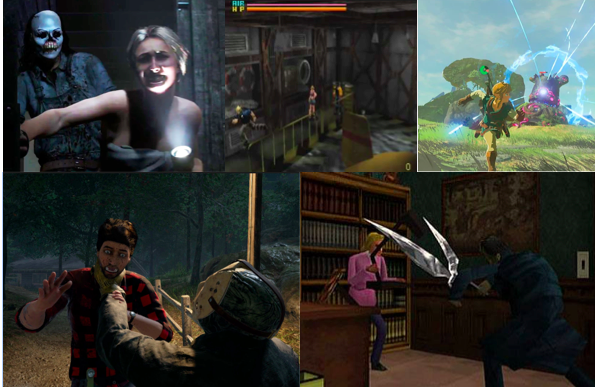
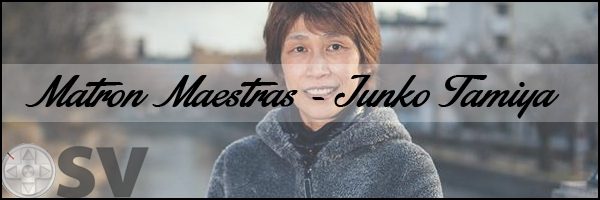
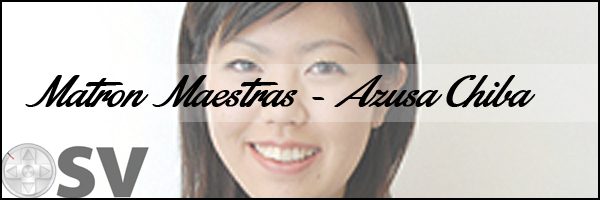
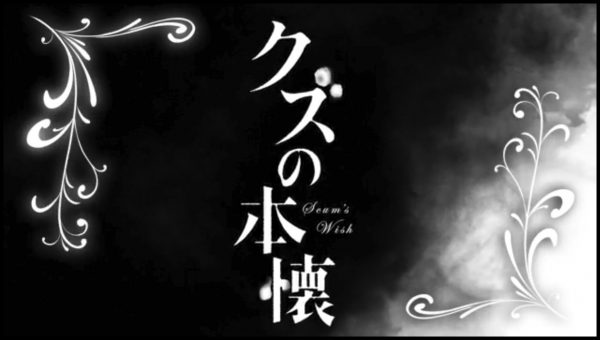


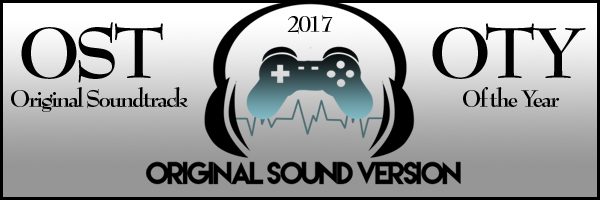
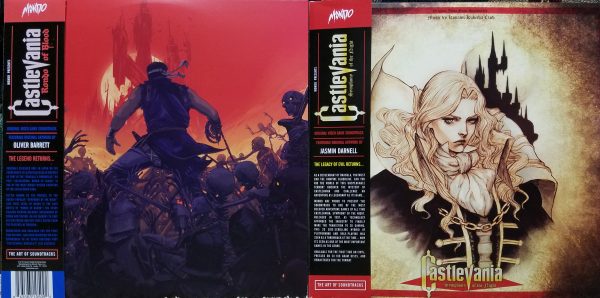
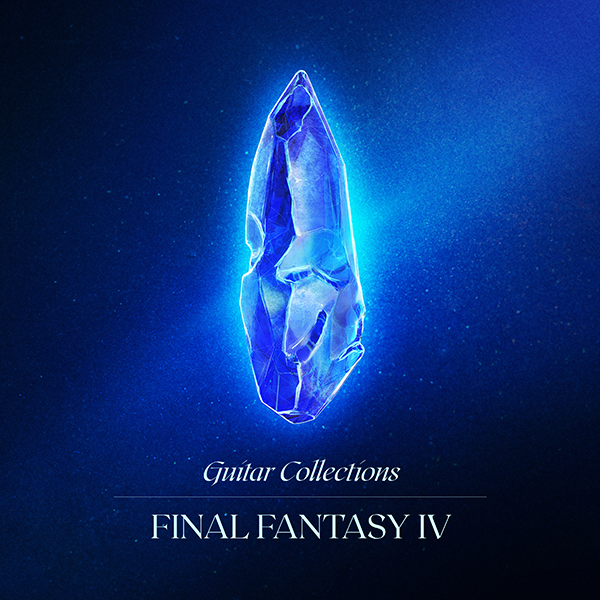



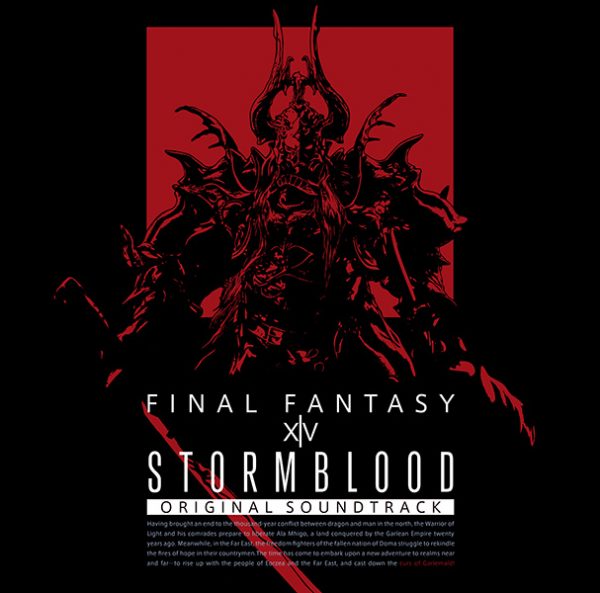
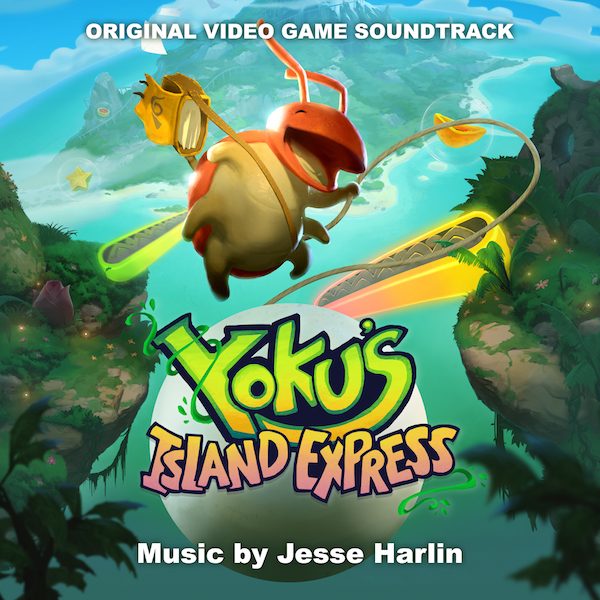
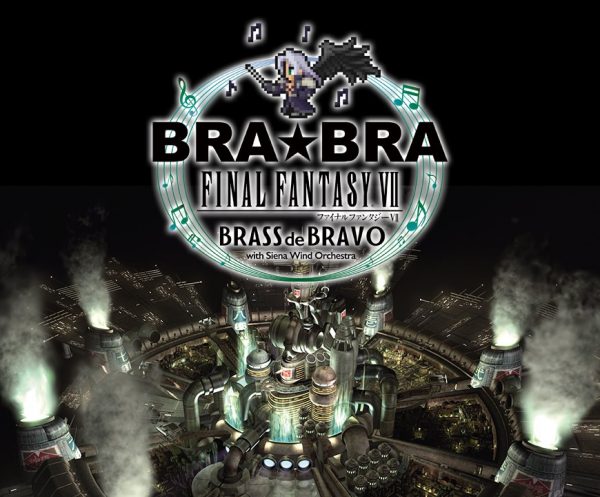
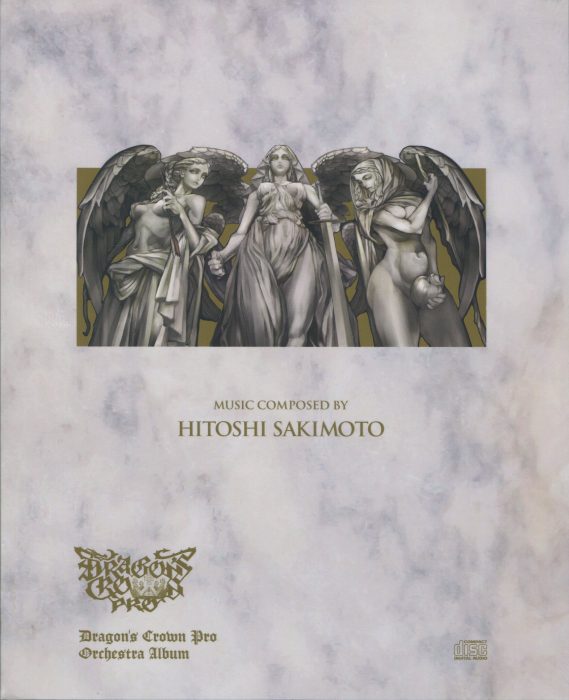

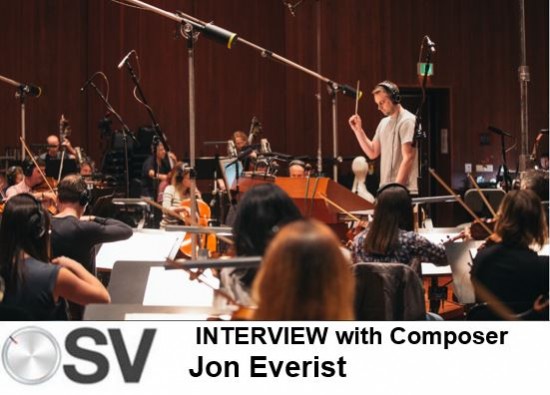
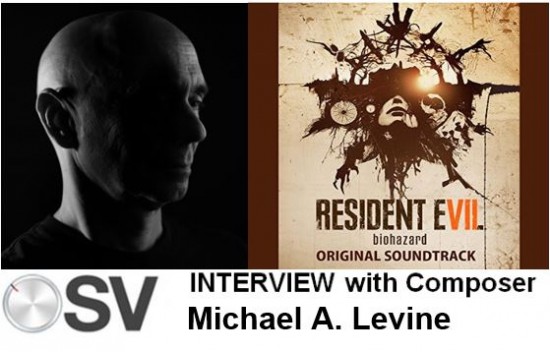

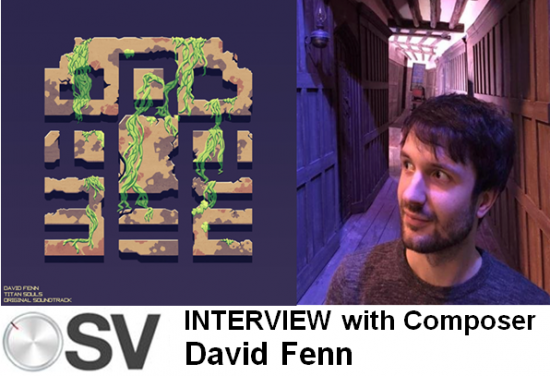
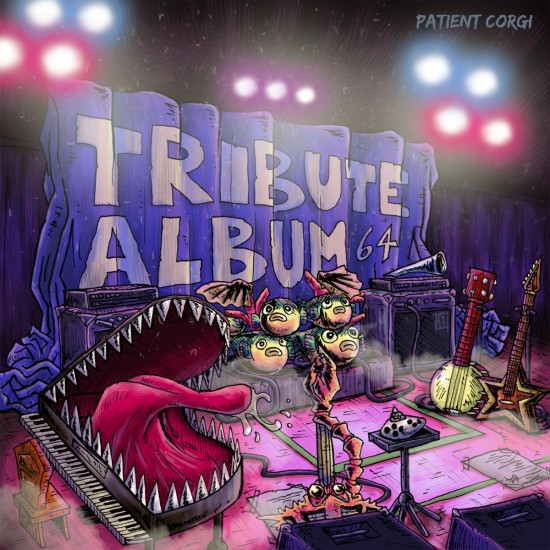
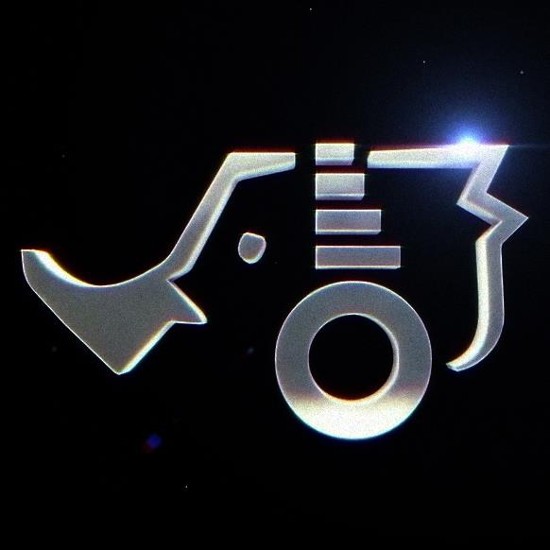
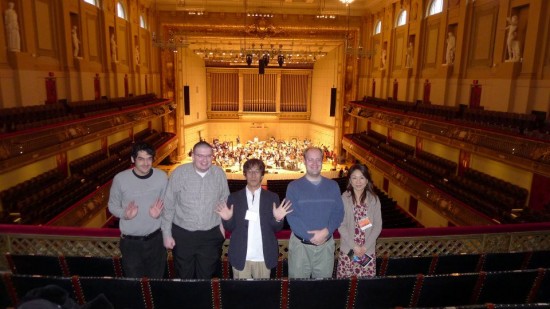
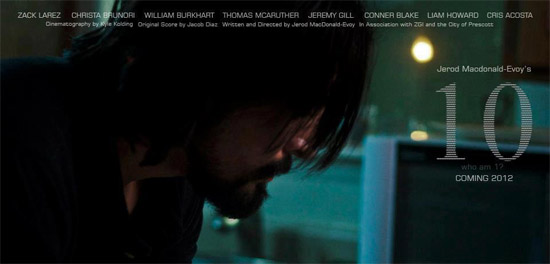
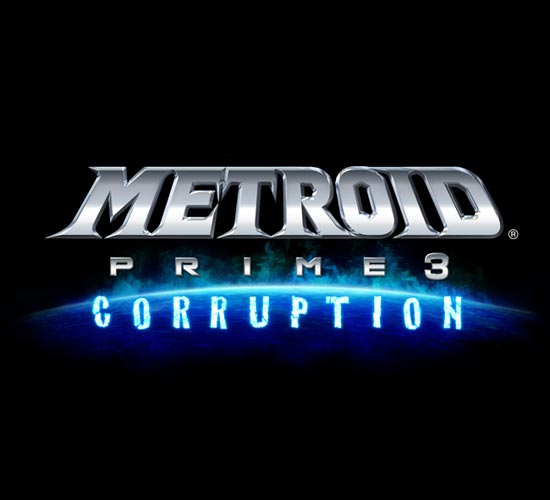


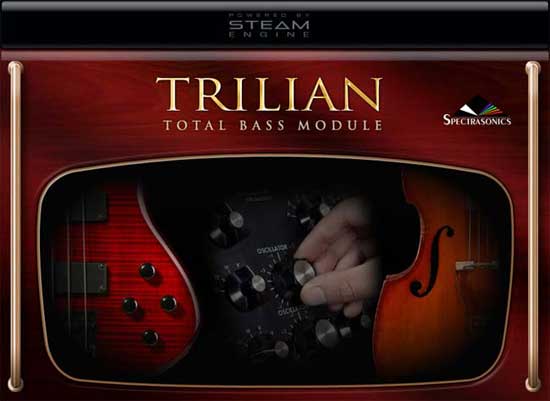

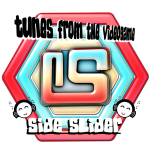



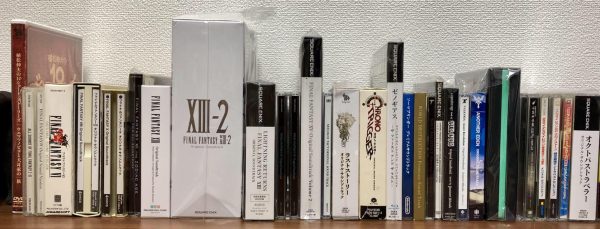
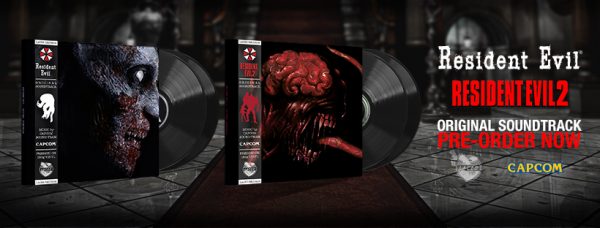
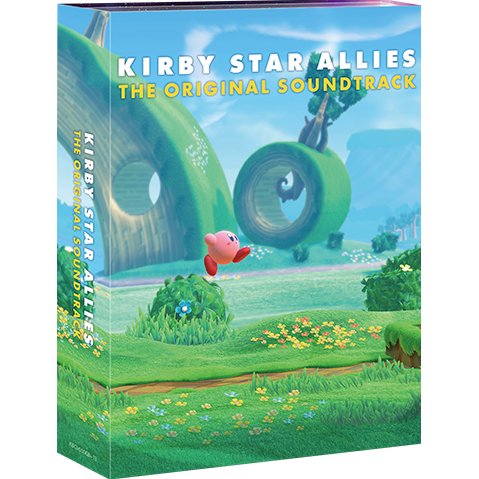

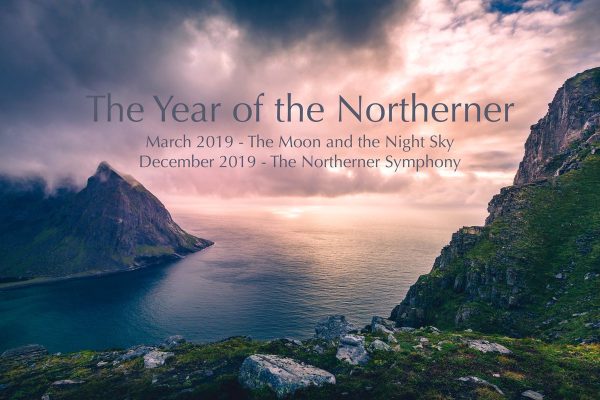
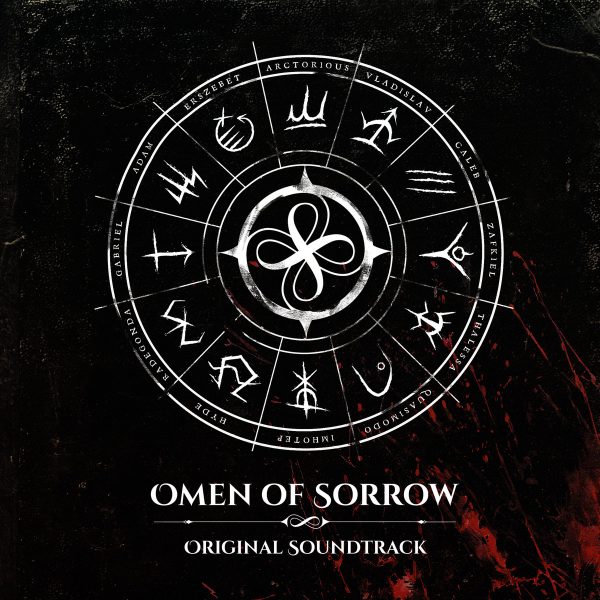
With all these free software and tools coming out now a days, I read half of the review thinking “Free as in free BEER?” then stopped and searched for its cost 😛
You should have mentioned the cost more properly, I had to do a CTRL+F for “free” then “cost” then “$” to find it. Either bold it or put such details “no. of discs” “cost” etc separately.
As for the product itself, it sounds super duper!
That’s an excellent idea. Will do.